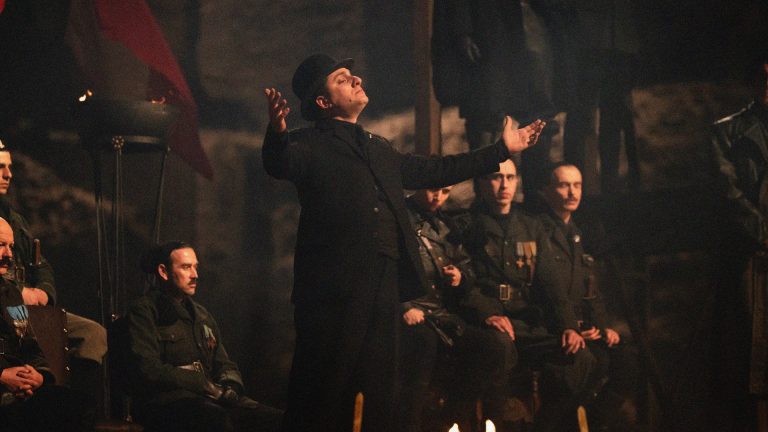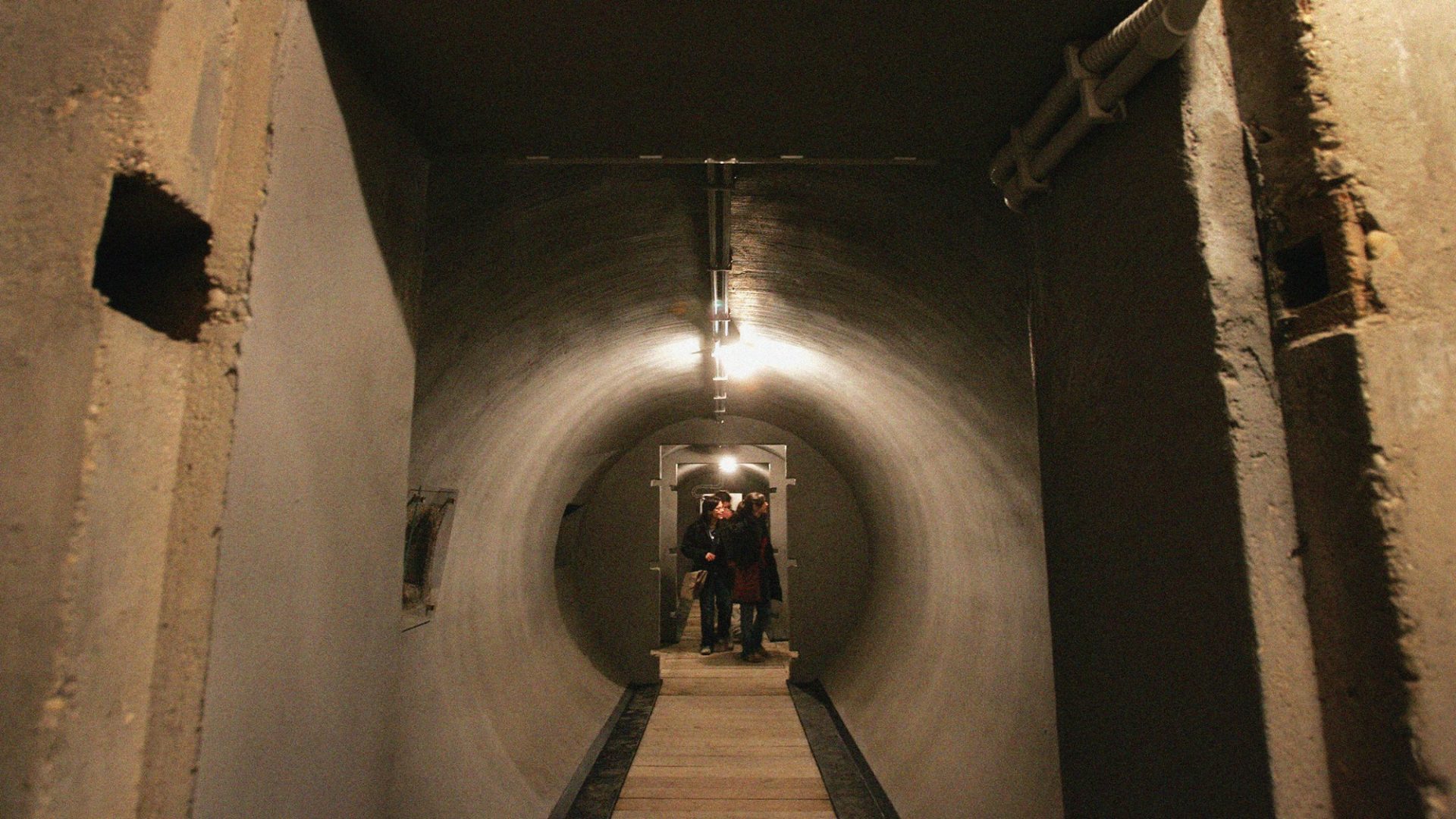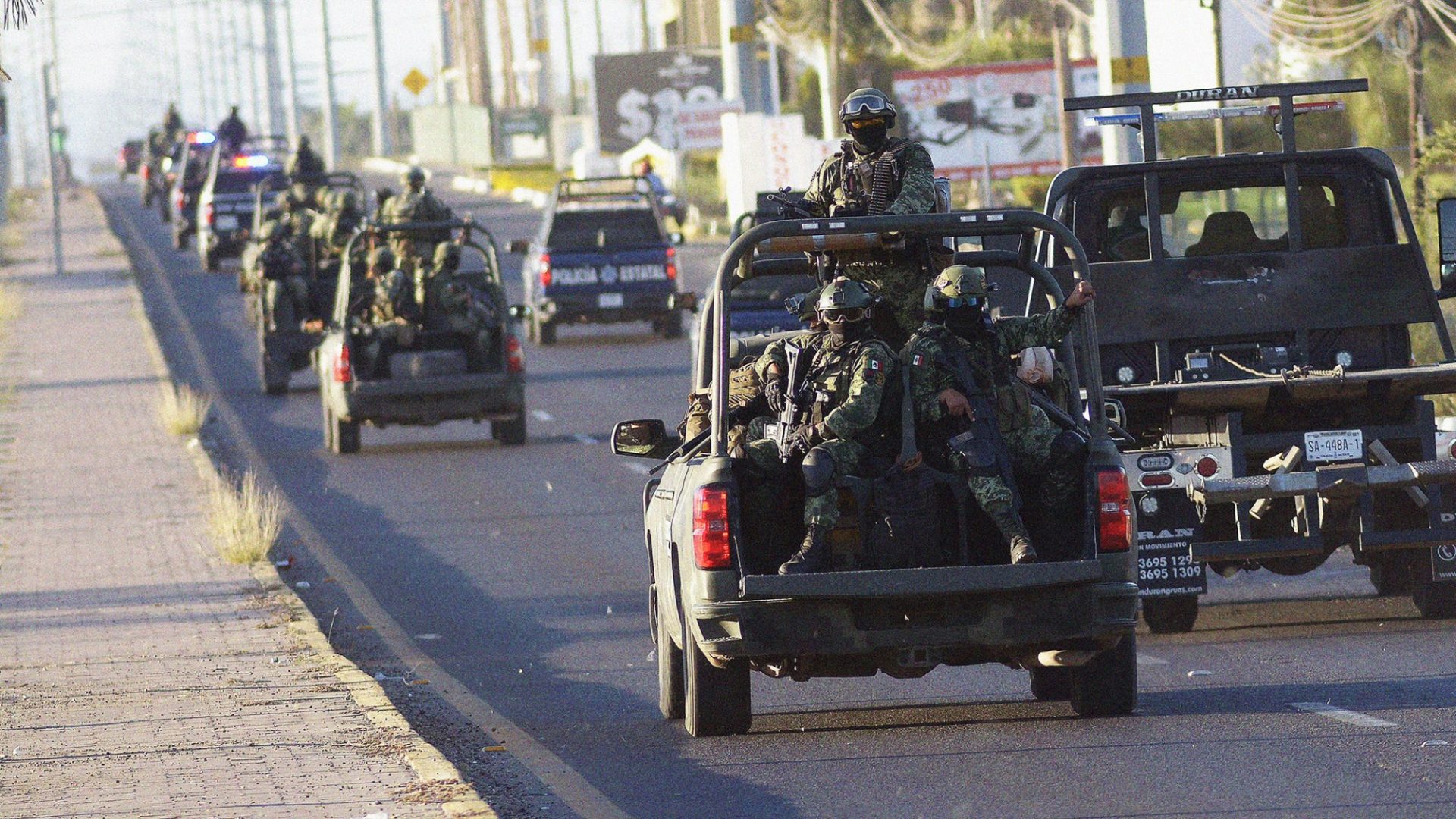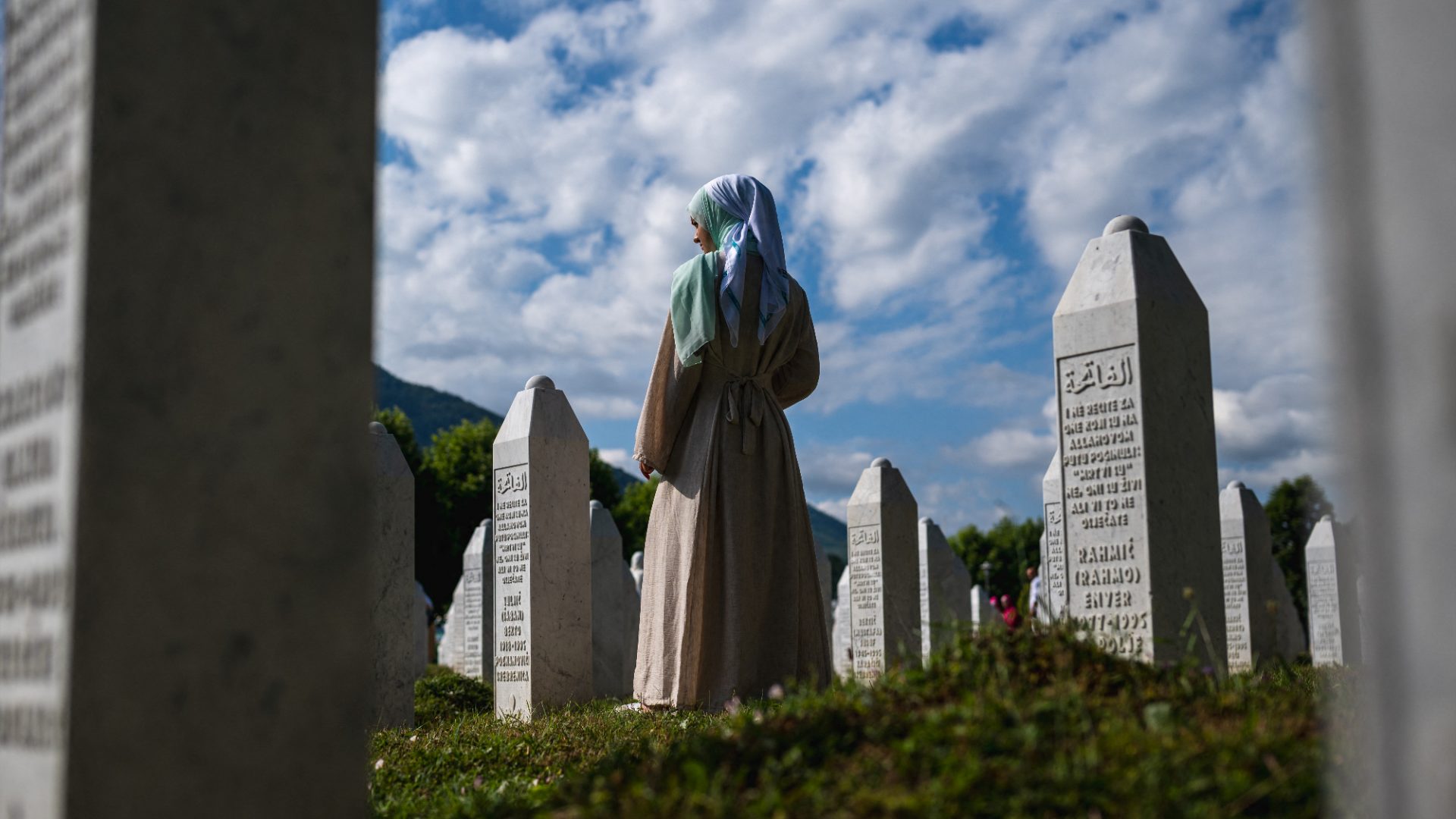Benito Mussolini’s “unknown” bunker north of Rome was built during the fascist regime in the 1930s, and was mainly used in the later stages of the second world war. It is located in a hilly rural area on a sacred promontory that was once worshipped by pagan tribes and ancient Romans. In the middle ages it was a place where hermits took refuge.
It is said that the mountain, called Monte Soratte, is shaped like the profile of Mussolini’s face – lying down with his big prominent jaw and forehead as the skyline. That depends on perspective, I guess, but after a while I had to admit that there was some resemblance.
The bunker’s entrance is just a tunnel carved inside the core of the rocky hill, where wild boars roam at night.
It was pretty scary going down into the darkness, with just a torchlight which was given to me by one of the volunteers who look after the site. I had to be careful not to trample on the slow, older couple in front of me who had travelled from Venice. It turned out that they were nostalgic Mussolini fans. People like this exist across Italy.
“This bunker is a four-kilometre maze of tunnels and rooms that we are yet to fully discover and excavate. Locals believe that when the Nazis were fleeing Italy they hid an enormous stolen treasure inside the flanks of the hill,” said Filippo, our guide.
At night, adventurous trekkers from the nearby village of Sant’Oreste, which is built on the hill crest, go treasure hunting, digging holes, hoping still to find gold.
It was freezing cold in the bunker and the deeper we went, the darker it became. Filippo showed us inside the rooms where the fascist government was meant to hide in case of an allied attack.
They were full of 1930s communication booths, radio stations and old red telephones, the super high-tech equipment of another era.
Suggested Reading


Mussolini, Trump and me
If you’re claustrophobic it’s not the best place to climb inside, but even if you don’t fancy entering the tunnel itself, the view from the hill is spectacular, stretching across the green fields of Latium. On clear days you can see the Eternal City, and beyond it, the sea.
Most people visit Mussolini’s villa in Rome where you can still see his family bunker. Far fewer people come out here, where you can still see the soldiers’ former lodgings and even the watercolour graffiti, images drawn by the homesick German troops who were stationed here.
There were paintings of Gothic-style cathedrals, harbours, docks, and lanes of German towns and cities where the soldiers came from. Most of them died here during the war bombings.
“There… look at this painted cathedral, that’s likely Dresden, Cologne, or Munich,” said Filippo. “These pictures don’t relate to any Italian town or traditional scenery so they must have been drawn by the Germans. They spent months hidden inside this bunker.”
Eventually it became too cold and people in my group were shivering. There was nothing else left to explore, except more darkness and tunnels. I could spot in the dark the relic of a bombed tank.
“Here’s where our guided visit ends and what lies ahead is unknown, it unravels right into the heart of the mountain. According to our land surveys, there are still kilometres of tunnels yet to be unearthed,” said Filippo.
I was glad and relieved to exit and step back into the sunlight. I felt I had been walking inside a sort of underground graveyard.
Silvia Marchetti is a freelance reporter living in Rome




